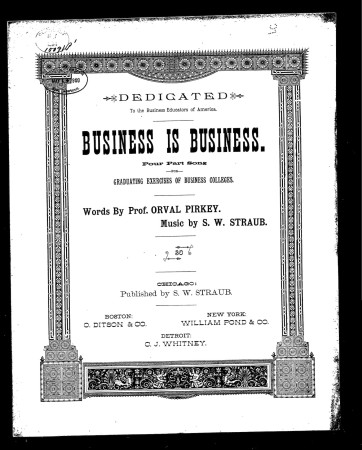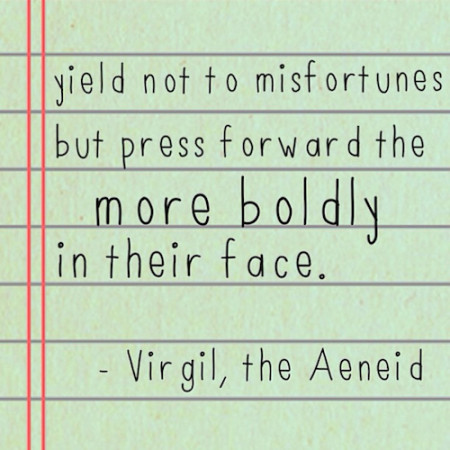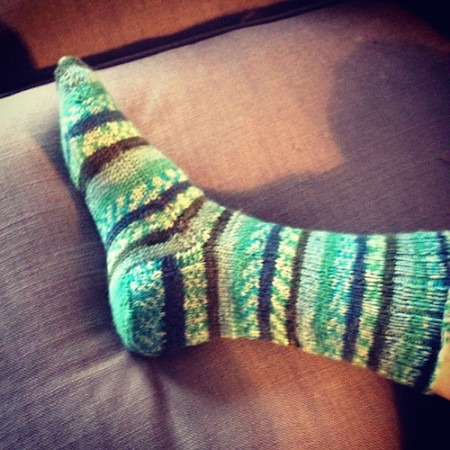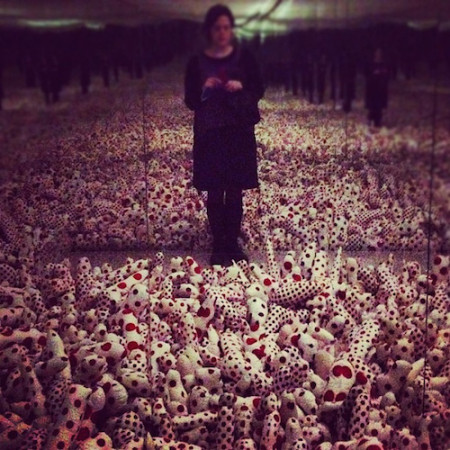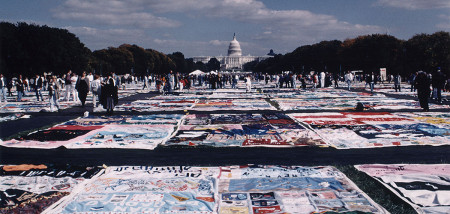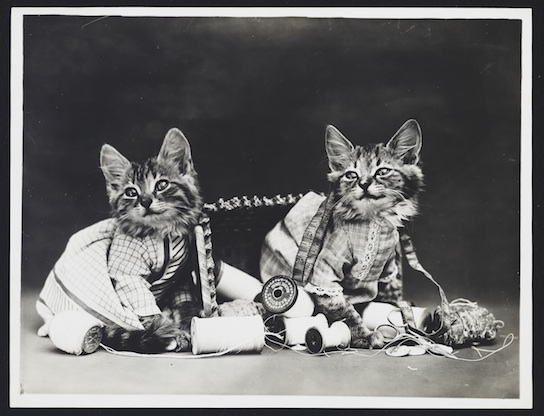
Thank all of you last week, who read, shared, and commented on my rebuttal post to Emily Matchar’s NYT op-ed piece and my post about why Etsy owes its sellers nothing, despite recent (and disappointing) changes. Those pieces were nearer and dearer to my heart than most.
One of the things in Matchar’s article that I found most upsetting was this paragraph:
Our hunger for handmade has gone beyond aesthetics, uniqueness and quality. In progressive circles, buying handmade has come to connote moral virtue, signifying an interest in sustainability and a commitment to social justice. By making your own cleaning supplies, you’re eschewing environment-poisoning chemicals. By buying a handmade sweater, you’re fighting sweatshop labor. By chatting with the artisan who makes your soap, you’re striking a blow against our alienated “Bowling Alone†culture.
Because if you actually craft and make things, chances are high you do not do so because of so-called “moral virtue.” You do so because you like it.
And, to be honest, this has less to do with Matchar than it does with people outside of the maker community at large. The people who because they don’t get it, they make up reasons why it’s bad. The people who don’t see that it’s fun to make something for yourself. That seeing alternatives to fast fashion and mass produced is not a superiority thing, it’s a natural thing. Humans have made things much much longer than they have bought them in stores. They don’t know what it’s like to create something with your own two hands. The satisfaction, the sense of accomplishment, the sense of love and care.
To have such a sense of curosity and wonder about how things are being made that we circumvent the mall at times is, as Martha Stewart would say, a good thing. And as happens to most good things, some people that don’t understand turn them into bad things, which happens whenever something comes along that people don’t like or understand. Yes, there are people who make things and buy things because it makes them full superior to some degree. However, assigning that value to someone else just speaks to one thing, the thinker’s own insecurities.
Unless someone comes up and says, “I am better than you for drinking this kale smoothie” or “You suck for not handquilting your bedspread,” you really don’t know what they’re thinking. Yes, you can assign what they’re thinking, but that’s just you making a guess. It’s preying on your insecurities, and then it eats away at you.
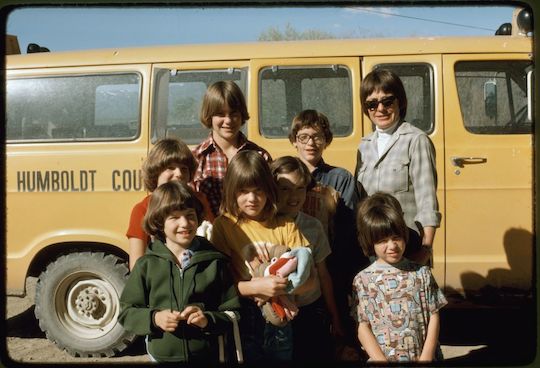
Here’s an example. So I go “running” several times a week. It’s actually a combination of running and walking. I am very slow. I am also pretty insecure about running very slow. Since I go running fairly early in the morning or mid-afternoon, I always seem to get passed by a school bus, which is pretty much my worst nightmare. Kids will tell you exactly what they think, and there is a special breed of kids who will yell things that aren’t so nice. There is an insecure part of me that’s worried they will yell something about me being not so skinny or slow or (hell’s bells!) both. This insecurity didn’t pop out of thin air, those comments were lobbed at me when I was a kid. (In other words, I was primed to be somewhat neurotic about it later on.)
I also picked low-traffic streets to run on so I don’t have cross the paths of many people, because, after all, I’m not so good at running and am focusing on breathing, much less panting what would be a very weak and pathetic “hello.” (I’ve since decided on doing a two-finger wave that sporty people and motorcycle people seem to have down cold. At least in my head I’ll look cool.) And, God forbid, when I cross paths with someone even remotely sporty looking, I turn into a 7th grader for a few seconds. Suddenly, I’m thinking that they are thinking that I’m too big to run, too slow or both.
Cut to when I’m back to walking. Someone jogging passes me. I think, “Yay! They’re jogging!,” not “OMG, look at her butt.” Because I am happy to see other people exercising and I don’t care. (And also, I may be still focusing on trying to breathe!) However, they could be fully convinced I’m doing the latter, even though I’m cheering them on in my head. And this waste of psychic energy bemuses and bewilders me, because we all do it, but that doesn’t mean we can’t try and combat it. Or maybe I should put my energy into doing a cool head nod instead of a two-fingered wave.
Because those buses that pass me? Where I’m thinking some kid is going to yell something crappy at me? I realized the other day they’re actually empty. There are no kids. I was getting worried/pissed/annoyed for no reason. I (literally in this case!) made it up. Which is just what we do when we think that someone thinks they’re better than us. We don’t know. We’re assigning our insecurities (poor, slow, not at the weight they want to be, old, the list goes on) to them. We’re -ahem- projecting.
So the next time you think that person pulling out the organic lip balm out of her upcycled purse thinks she’s better than you? They’re enjoying themselves while you’re getting yourself in a snit because you think they think they’re superior. They are happy, you are bitching about something that doesn’t exist. How about going and making something that makes you happy instead of finding things to complain about that only exist in your own head?
Just remember that making is about connecting*. Connecting ourselves to others, connecting our hands to the things we make, connecting our brains to our hearts, connecting, connecting, connecting. By thinking that this connecting is about superiority, you’re missing the whole point. It’s about being fully human and following your curiosities instead of what anyone else tells you to do. Or what you think you should do. In diving in to crafts and handmade, we become better versions of ourselves, not superior versions, but fuller versions of who we really are.
*For more on that, see David Gauntlet’s brilliant book, Making is Connecting.
Hey! Like this post? Why not sign up for the weekly newsletter, which has links to blog posts, craftivism, news, and more while you’re at it? And… despite trying everything possible, the newsletter subscribe button below takes to the RSS feed. We’re working on it fixing it!
